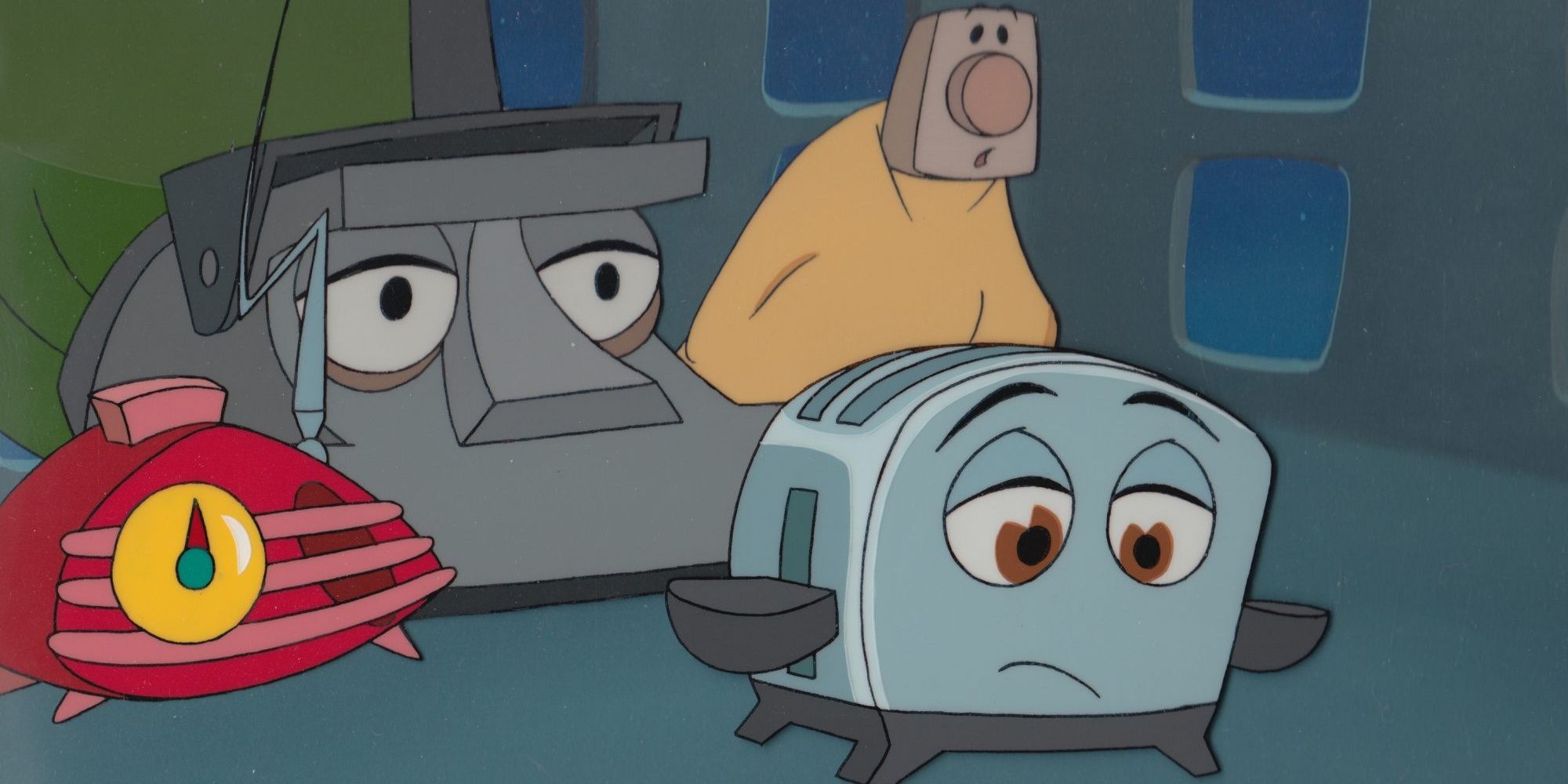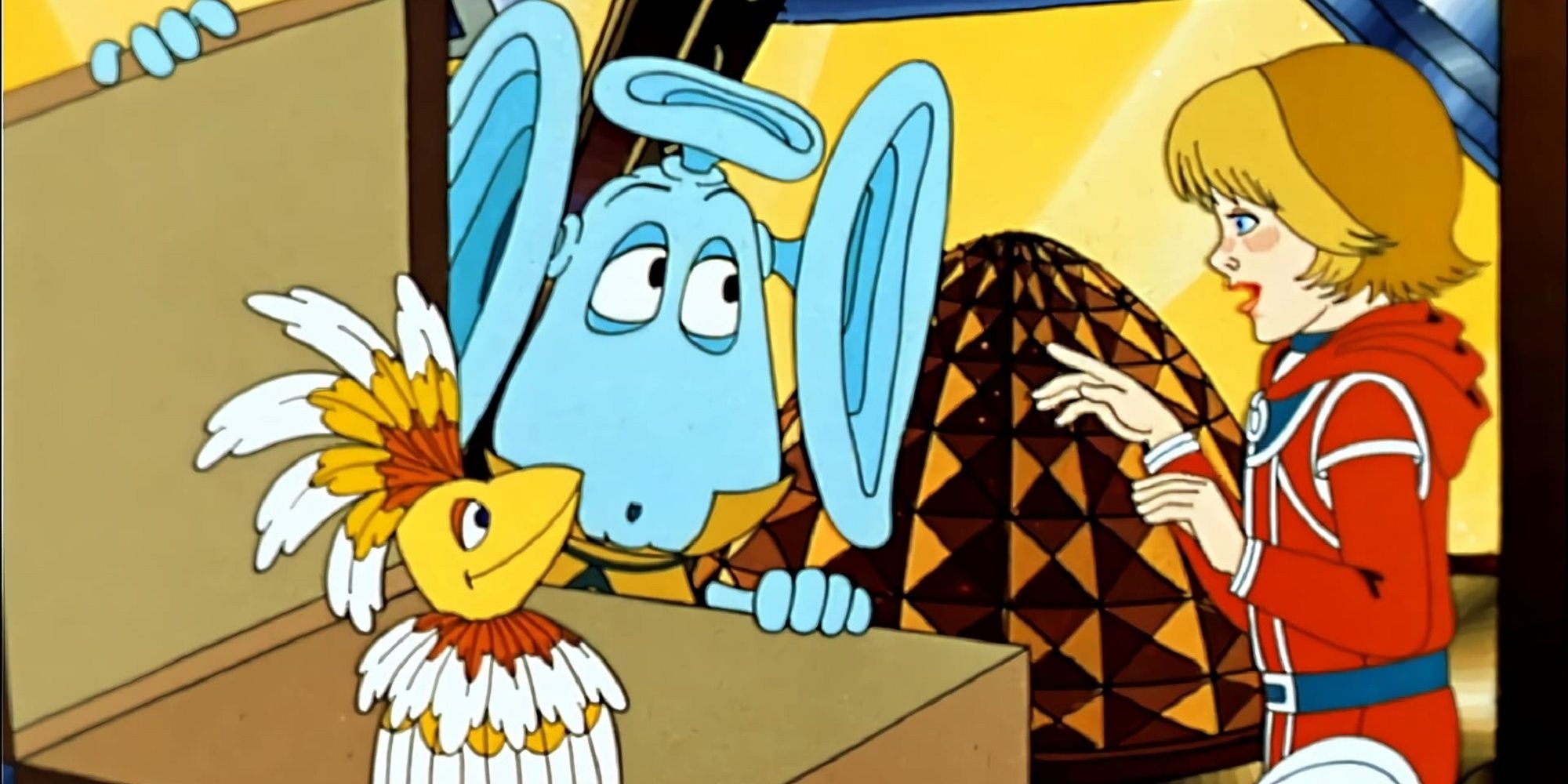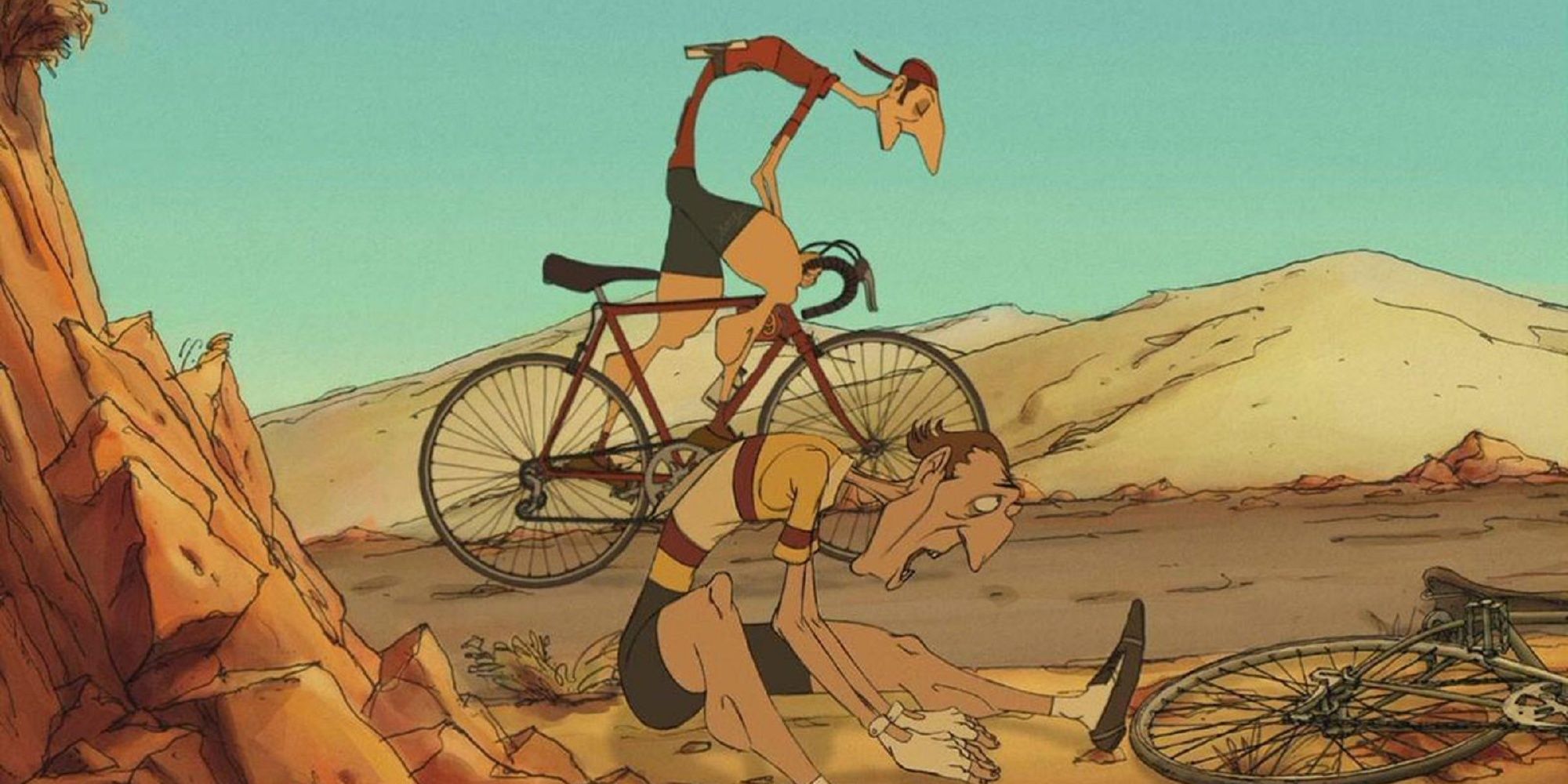Animation is one of the most captivating forms of art. It allows artists to create entirely new worlds full of living, breathing landscapes and characters instead of those imagined in books or live-action films filled with CGI. Animated films appeal to both children and adults because there is no story too unbelievable to be told through the medium.
Fairy tales, sci-fi, and musicals dominate the largest animation studios of Disney, Dreamworks, and Studio Ghibli. The world of animation is so much more magical and diverse than just the big three, though. The strange imagination in foreign animated films is endless, with whimsical tales of wondrous planets full of blue aliens, a young girl protecting an egg in a Gothic landscape, and a father-daughter duo that wants to fill their zoo with interplanetary creatures.
‘Fantastic Planet’ (1973)
René Laloux’s Fantastic Planet is a surrealist cult film experience. The movie is rightfully coined as an “adult” animated movie as it deals with the existentialism of many giant aliens on the planet of Ygam.
The film follows the relationship between the blue-skinned, oppressive aliens known as the Draags and the small, human-like Oms they keep as illiterate pets. Fantastic Planet is a dream led by a psychedelic soundtrack and bizarre, fantastic art that looks straight out of an acid trip. It is a colorful and mesmerizing experience that critiques the damaging idea that humanity is the center of the universe.
‘Little Nemo: Adventures in Slumberland’ (1989)
Little Nemo and his high-flying bed are based on Winsor McCay’s comic strip, Little Nemo in Slumberland. The Masami Hata and William Hurtz directed movie tells the story of a young boy named Nemo and the adventures he goes on every night in Slumberland.
Nemo’s life is filled with dull days and parents who are too busy to do anything with him. His nights, though, are filled with trains, airships, and befriending the king of Slumberland. One night, Nemo discovers Nightmare Land instead and the wicked Nightmare King. This leads to the first real dangers that Nemo has ever experienced in his life. The film is special because of the pure imagination behind the worlds of Slumberland and Nightmare Land. Nemo meets loads of unique friends like the cigar-wielding Flip and the sophisticated Professor Genius in this heart-warming journey.
‘The Brave Little Toaster’ (1987)
Jerry Rees’ The Brave Little Toaster has the charm and strangeness of ’90s cartoons like Ren & Stimpy and Rocco’s Modern Life. In this film, a group of sentient household appliances tries their hand at a new life. Toaster (Deanna Oliver), Radio (Jon Lovitz), Lampy (Tim Stack), Kirby (Thurl Ravenscroft), and Blanky (Timothy E. Day) live in an abandoned cabin and dream of reuniting with their old owner, Rob (Wayne Kaatz). After a particularly dark scene with the old and grumpy air conditioner, the friends set off into the wilderness to find him.
The movie is a roller coaster of emotions, despite the subject matter of talking vacuum cleaners and heated blankets. There is a joyous, childlike charm as the group sets off into a world they have never seen before and overwhelming sadness when they all realize that modern appliances are replacing them.
‘Belladonna of Sadness’ (1973)
Belladonna of Sadness is home to some of the most stunning animated art of the 20th century. In it, a peasant woman is assaulted by a local lord on her wedding night and gets banished from her village. She makes a pact with the devil to take revenge on him, who transforms her into a vision of seduction and madness.
Eiichi Yamamoto’s film is truly breathtaking in every way, with its pastel watercolors mixed with traditionally drawn Western influences. Despite the dark subject matter, the film is a piece of art. The contrasting imagery between erotic, feminine beauty and insanity-inducing virulence brings its heavy themes to the forefront.
‘The Last Unicorn’ (1982)
The Last Unicorn is based on Peter S. Beagle’s 1968 novel of the same name and shows the last unicorn (Mia Farrow) on Earth’s quest to learn about what has happened to the rest of her kind. The Unicorn dwells in her forest, where her magic keeps the rest of the animals protected, and her journey takes her through the trials of humankind with the kind sorcerer, Schmendrick.
The duo Rankin & Bass directed and produced the film: they are perhaps best known for stop-motion animation Christmas films and animated Hobbit adaptations. The Last Unicorn’s animation is gorgeous and lends itself to the fairytale-like settings, filled with vibrant purples, pinks, and blues that stand out like freshly bloomed flowers. The most important part of The Last Unicorn, though, is its themes, like death and mortality, and how they are never portrayed in a positive light throughout the film.
‘Persepolis’ (2007)
Persepolis is an autobiographical animated film based on Marjane Satrapi’s peculiar and rebellious life. Satrapi is an author and cartoonist who grew up in pre- and post-revolutionary Iran. The film, co-directed by Satrapi and Vincent Paronnaud, follows her footsteps from a curious child to the punk-loving teenager she became in a country that imprisoned thousands and killed the hopes of many.
Marjane lives with her liberal-leaning family in the film, and many of them either become sentenced to prison, are killed, or have to flee to other countries to escape the government. The juxtaposition between Marjane discovering punk bands and a new fearlessness and having to worry about her family’s safety at all times is uncomfortable but surreal.
‘Son of the White Mare’ (1981)
Marcell Jankovic’s psychedelic odyssey through the underworld is based on Hungarian folk tales and tells the story of Treeshaker, the Herculean human child of a horse that lives in a tree. He sets out on a voyage to find his lost brothers and makes his way through a hallucinatory spectrum of art.
Son of the White Mare is like a late-night trip into the cosmos where you’ll never have to take any drugs. The story is quite simple and can be silly at times, but the visionary artwork and mind-blowing palette of shapes and colors bring this film to life.
‘Angel’s Egg’ (1985)
Japanese art films are well-known for diving headfirst into strange and eerie territory, but none do it better than Mamoru Oshii’s Angel’s Egg. A mysterious young girl (Mako Hyōdō) wanders a desolate landscape to care for an enormous egg that she is the sole protector of in this film.
The girl has large hair and resides in an even larger world she lives near an abandoned, gothic city that is incredibly lonely but alive. She cares for her egg and cradles it like a mother would until she meets a boy (Jinpachi Nezu) in the city and trusts him against her better judgment. He eventually breaks it when she falls asleep, setting a wondrous chain of events in motion. The film is a haunting, melancholic ode to blind faith and rebirth.
‘The Mystery of the Third Planet’ (1981)
Roman Kachanov’s The Mystery of the Third Planet is considered a cult classic in Russia and follows Alisa and her father’s intergalactic travels in the 22nd century. They become friends with bizarre creatures throughout their journey and get tangled in a criminal conspiracy with a talking bird that they accidentally take possession of.
The film’s art is inspired by Peter Max’s psychedelic style, and most of the movie is focused on the imaginative world it creates. Despite a simple story, it is enjoyable to see which new extraterrestrial animals the crew will run into next as the character designs are top-notch. One of the cows even has butterfly wings.
‘The Triplets of Belleville’ (2003)
An elderly Frenchwoman named Madame Souza becomes involved in an international quest to find her grandson in Sylvain Chomet’s animated film. A couple of mobsters kidnap him during the Tour de France after fulfilling his dreams of becoming a cyclist. Souza is joined by three sisters, known as The Triplets of Belleville, and the group uses their quick wits to try and find him.
The Triplets of Belleville is home to an incredibly eccentric art style, but even so, you’ll end this movie with a huge grin on your face. There is no recent animated film quite like it in its kookiness and bizarre charm, and there is unmatched energy in its imaginative storytelling.
Read Next



















































































